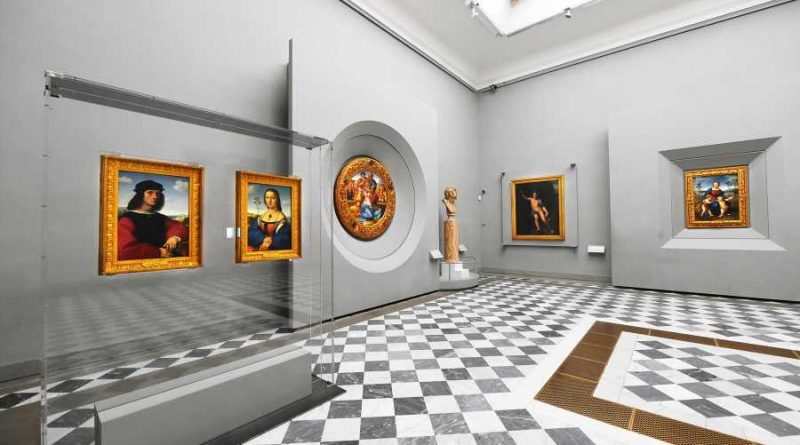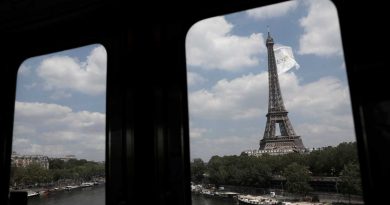Why This Italian Art Museum Is Spreading Its Collection Around Tuscany
Italy’s most beloved art is on the move — quite literally. Florence’s Uffizi Gallery — home to works like Michelangelo’s “Holy Family,” Raphael’s “Madonna of the Goldfinch,” and Botticelli’s “The Birth of Venus” — often hosted as many as 12,000 visitors a day during its busiest periods before the pandemic. But now, the gallery has come up with a way to prevent the return of overtourism by spreading its artwork across all of Tuscany, CNN reported.
The plan, called Uffizi Duffusi, which means “scattered Uffizi,” will showcase the art from the gallery’s deposit in buildings throughout the region, in essence turning all of Tuscany into one big museum. The project hopes to start rolling out this summer.
Gallery: The works of tormented genius Vincent van Gogh (StarsInsider)
The idea is to “create a different type of tourism,” Uffizi’s director Eike Schmidt told CNN. “Art can’t survive on big galleries alone. We need multiple exhibition spaces all over the region — especially in the places where the art itself was born.” The idea is a twist on the “scattered hotels” that have popularized in Italy, where rooms are located throughout a village.
While the details on which art pieces will be displayed and where haven’t yet been revealed, Schmidt tells the news outlet that “at least 60, maybe even 100 exhibition spaces” will be utilized in Tuscany, with some potential sites including former Medici family villas in Montelupo Fiorentino, Seravezza, and Careggi, as well as buildings in the towns of Livorno, Montecatini Terme, and Viareggio. Lucca is hoping that its Palazzo Ducale will be able to host some of the art, too.
On top of helping disperse crowds, the project also hopes to help the local economies. “It’s also important at a local level, creating new jobs and work that will be stable,” Schmidt said to CNN, adding that there are already 3,000 pieces of art in the Florence gallery. “The Uffizi Diffusi will bring to light works of art that currently nobody can see in a calmer, more intimate setting.”
Source: Read Full Article



